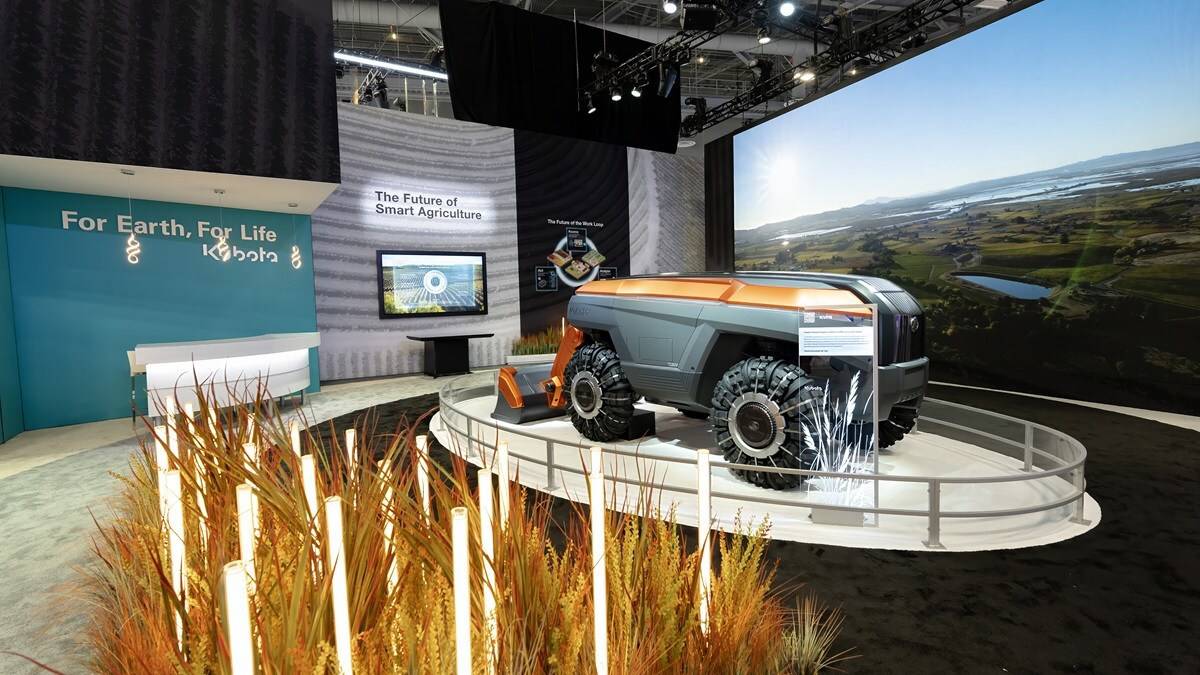The Art of the Tire Compound
As fundamental as it is in the tire sector in general, developing the right compound for each application in the off-highway segment is even more essential, since the tire DNA bears the ultimate responsibility for performance, safety and, last but not least, sustainability.
Today’s customers expect top-tier productivity in challenging contexts while minimizing environmental impact. On the other hand, tire manufacturers know that it is no easy feat to engineer a “sustainable tire” that assures comparable or superior performance to standard compounds, using alternative raw materials from reliable sourcing and in sufficient volumes.
Is there a way to get out of the predicament and get the best of both worlds? According to Trelleborg Tires, one of the main players in the off-highway tires field, there is; and it goes through exploiting the potential of digitalization and artificial intelligence along the process.
Redefining the challenge: can performance and sustainability coexist?
“Depending on the intended use and product category, the requirements in terms of compounds can vary greatly. Our task is to optimally balance all components, also considering the position of the compound within the tire. For this reason, the different combinations of natural or recycled together with standard fossil-based materials need to be carefully evaluated to find the right balance between performance and sustainability”, explains Veronica Cantonetti, Raw Materials – Compounding & Sustainability Director at Yokohama TWS.
To address environmental concerns, off-highway tire manufacturers have shifted to polymers and fillers in recent years, with a rising trend toward recycled materials, including textiles, and there already have been notable changes in the off-highway tires’ composition.
In this regard, the achievements of Trelleborg Tires speak for themselves. Amongst the most recent products, the agricultural TM1 ECO POWER tire incorporates 65% of components from sustainable and eco-friendly sources; in tires for material handling and solid tires for construction the percentage reaches up to 46%. In the construction field, the EMR range is focused on achieving sustainability by combining new compounds and new structures through a new generation of steel wires, with the ultimate goal of reaching new heights in the wear life of the tire.
Nevertheless, the real challenge, according to Cantonetti, is not so much incorporating sustainable materials into the product as “being able to simultaneously guarantee equal or superior performance. To further enhance sustainability in our agricultural products, we’ve made several improvements. We use silica from rice husks to reduce fuel consumption. We’ve incorporated recycled materials like pyrolyzed carbon black. Additionally, to improve tire aging resistance, we’ve replaced synthetic antioxidants with a blend based on cashew nut shells. This change helps minimize the leakage of chemicals into the soil.”
The remaining question is how to make the research & development process smoother and how to strengthen it in the road up ahead. That is where innovative technology enters the scene.
Human-AI collaboration at the centre of tire innovation
According to Trelleborg Tires, sustainability and digitalization are two parallel paths; and indeed, in the case of compound formulation, machine learning and advanced data analysis can revolutionize the process and make compounds more efficient, safe, and sustainable.
AI is essential in developing new formulations using traditional machine learning methods. Chemists can predict the properties of desired formulations and their performance based on given recipes. This reduces development time, minimizes lab iterations, and decreases the waste of testing materials, making the process more sustainable.
However, according to Cantonetti, relying solely on AI “is not enough”: the know-how and experience of the chemist-technologist remain crucial in selecting the proposed solutions and evaluating technological constraints of cost and material availability.
“We operate our AI so that Trelleborg Tires experts can combine the advantages of an algorithmic approach with their knowledge and expertise to accelerate new formulation process. As a result, the most suitable recipe based on specific properties is swiftly identified, also considering technological constraints”, she declares.
According to Trelleborg Tires, applying an even more sustainable logic within the algorithm, using it for creating formulations from sustainable resources, is where the next efforts should be.
“Our aim is to ensure, at the same cost, a competitive product and a business model that is fully sustainable and brings even more benefits for our end consumer”, sums up Cantonetti.




















